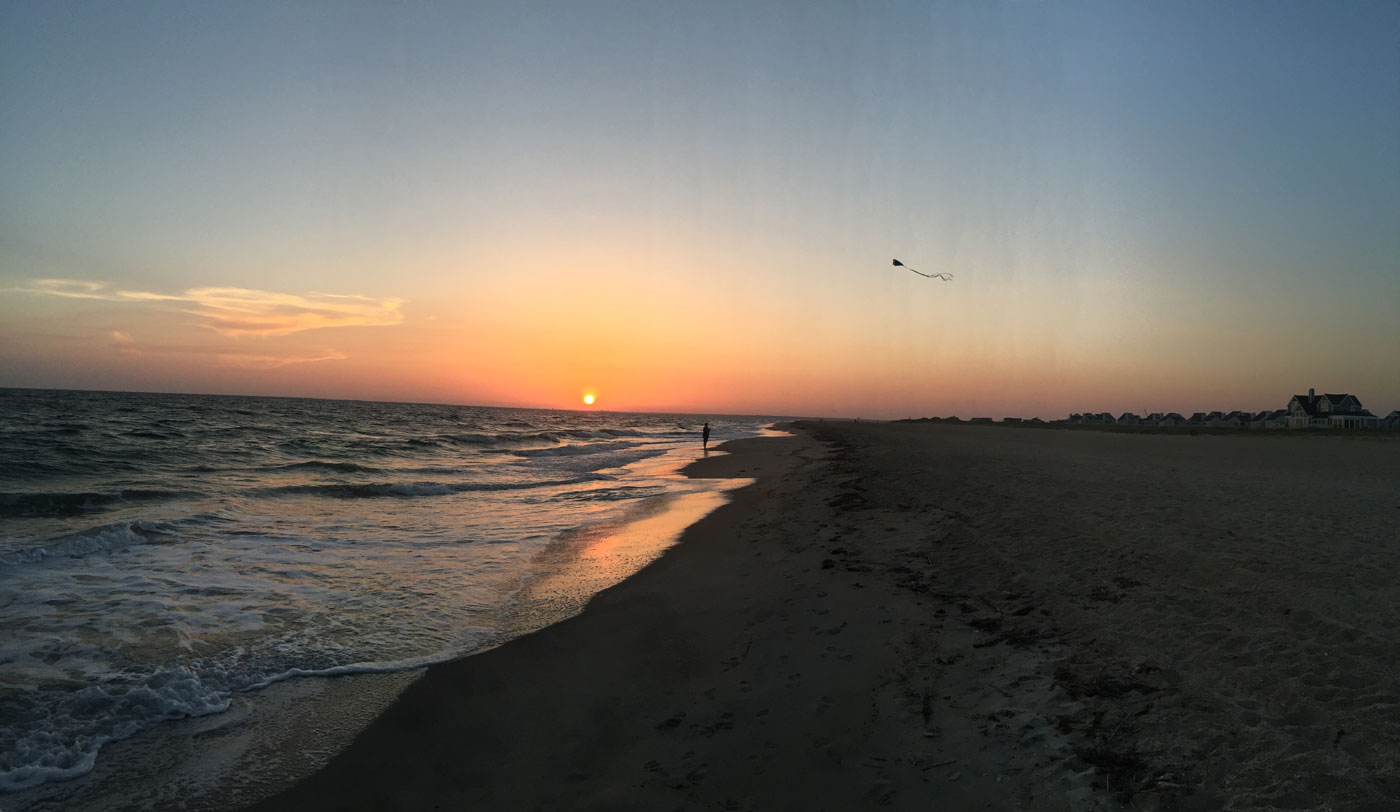While the surface-level topic of this article will undoubtedly divulge my ignorance of the subject, the more profound matter is where I focus. Examining the energy of the events around us often reveals much about us and the way we are wired.
During the days of September 28-30, 2023, I tagged along with my wife to attend the USA National Valais Blacknose Sheep Show in Des Moines, Iowa. Much to my wife’s vexation, we don’t (currently) have any sheep, much less Valais Blacknose sheep. I added the word “currently” because I know this show has set in her a determination that may overwhelm her tendency to accept the status quo quietly. The show was transformational for my wife, and I cannot recall seeing her as happy as when she was kneeling in a cramped pen with several of these fluffy animals.
Billed as the “cutest sheep in the world” (and accurately so), these unique animals originate from the Valais region of Switzerland. Adding to the story, the breed has only been allowed in the US for a few years. I won’t get into the details as to why they were previously barred from immigrating; suffice it to say that it seems to have been a combination of governmental bureaucracy and national ego. But as those barriers begin to fade, these fluffy sheep have taken hold in the US in a big way. That enthusiasm resulted in this, the first US national show specific to Valais Blacknose sheep. And what a show it is!
Having been involved with trade shows and trade show marketing most of my career, I’ve seen the good, the bad and the ugly — and there are some startling degrees of ugly. A trade show of any sort is quite an undertaking; having observed this agriculture show, it is clear that animals raise the difficulty level by a factor of four. But to the attendees, this show was a magical event where wonderful things happened, virtual friends met face-to-face, and progress was made in supporting and promoting a breed new to the States. As I write these very words, I am watching as an exhibitor is walking, booth-to-booth, with a sheep on a leash. It’s been a common sight throughout the show, and the calm demeanor, childlike curiosity, and irresistible appeal of these floofy companions strike me. Yes, there is a steady cacophony of “Baa!” But in talking with Kristina, who lives on a sheep farm in Sweden, they are rarely so talkative when the sheep are at home.
Having been responsible for various aspects of trade shows, I am not so naive to believe that nothing went wrong at this inaugural event. It was hotter than usual, and I suspect several other issues raised questions and maybe even tensions—but none of it was apparent. And I venture to guess that those encountering unexpected challenges were more gracious in pursuing a resolution.
As a sheep-herding neophyte, what impressed me the most was the sheer energy of the show and the unanimous welcome. No, it was nothing like the hyped-up, artificial frenzy of gadget expos and comic book conventions; this was a wholesome gathering of people and businesses. Even the (many) children and teens were missing the devices that typically demand their attention. This show was comprised of individuals, families, farms and commercial enterprises all dedicated to the success of the collective endeavor. An aspect of the excitement was clearly the show’s newness, and maybe the same can be said of the sheep, but as the temperatures rose and the novelty wore off, the excitement never waned.
Competition in agriculture takes on a different slant, and this may be even more accurate when boutique breeds are involved. In every corner of the show, competitors showed themselves to be collaborators – collaborating on best practices, sharing insights, and eagerly contributing to the common good. Make no mistake, for most of the attendees, this is a commercial endeavor, but one that is approached with an unvarnished work ethic, honesty, and a love of the animals – both human and flocking.
Going into the show, I wondered how the regulars would react to a pair of outsiders – one simply giddy over sheep, the other lurking behind, unsure of the “rules.” The reception was overwhelming in the best possible way. These people seemed to genuinely appreciate our interest in what they were doing, even to the point of inviting my wife to spend time with their sheep – that translates to getting into the pen with them and giving good scratches and hugs. Bowing to the idea that we may end up on a small plot of land, tending our flock, I asked a Texas farmer about sheep in the heat. He quickly replied with all the details that I could handle. No question seemed too dumb, no request too outrageous.
In part, it is the contrast that inspired me. I’ve attended shows while controlling budgets in the millions of dollars, only to be treated like an unworthy imposter. Here, I am the imposter. I knew very little coming into the show. I had nothing to spend but now come away enriched, educated and welcomed. I feel like I’ve made friends that actually make a (very) small flock feel manageable, maybe even inspiring.
So why say all of this? Obviously, my takeaways are all over the board, but the lesson for everyone must be noticed. The periods in history when humans have thrived are all clearly marked by a focus on the common good. A cynic may attribute the success of this show to the energy of those things that are new – a first show, a new breed, the chance to meet those in a common toil. While those aspects all contributed to the outcome, none would be significant without a shared goal. The least experienced person here was never told to feel like a victim, and the most successful farmers humbly brushed off praise. The judges were communicative and giving, even teaching late into the evening. Power and politics had no haven — families were strengthened, farms were fortified and knowledge was shared with no motive to control either the subject or student. But, of course, small-farm agriculture in America has pretty much always been like this.
Ordinarily, my lack of knowledge on the subject at hand would lead me to reserve an opinion on the endeavor’s success. However, my status as a novice afforded me the opportunity to observe and listen much more than most others. If one can believe the reactions (both spoken and implied) of the attendees, exhibitors, sponsors and judges, the first Valais Blacknose Sheep Show was an unqualified success.



